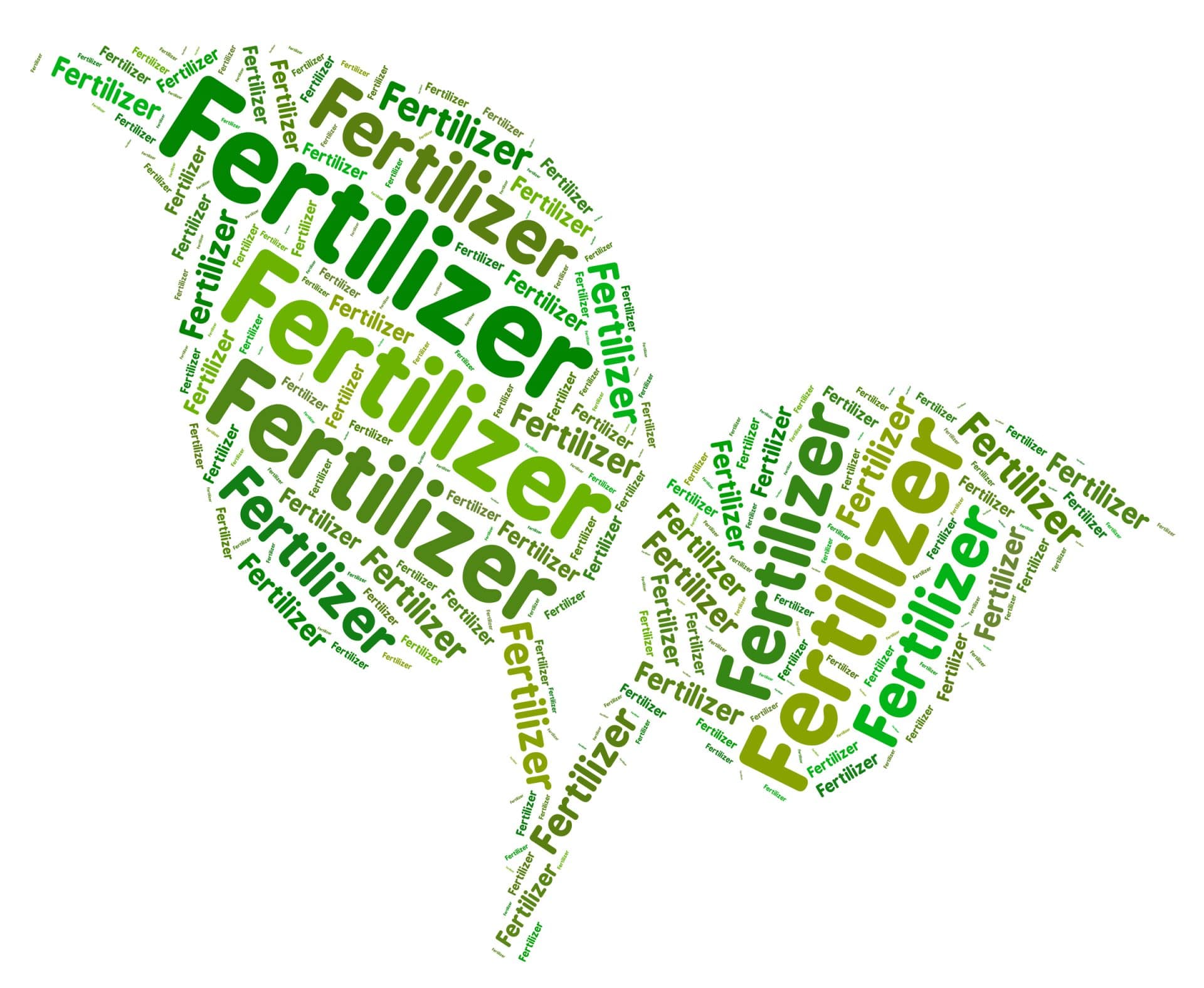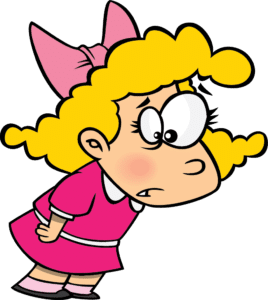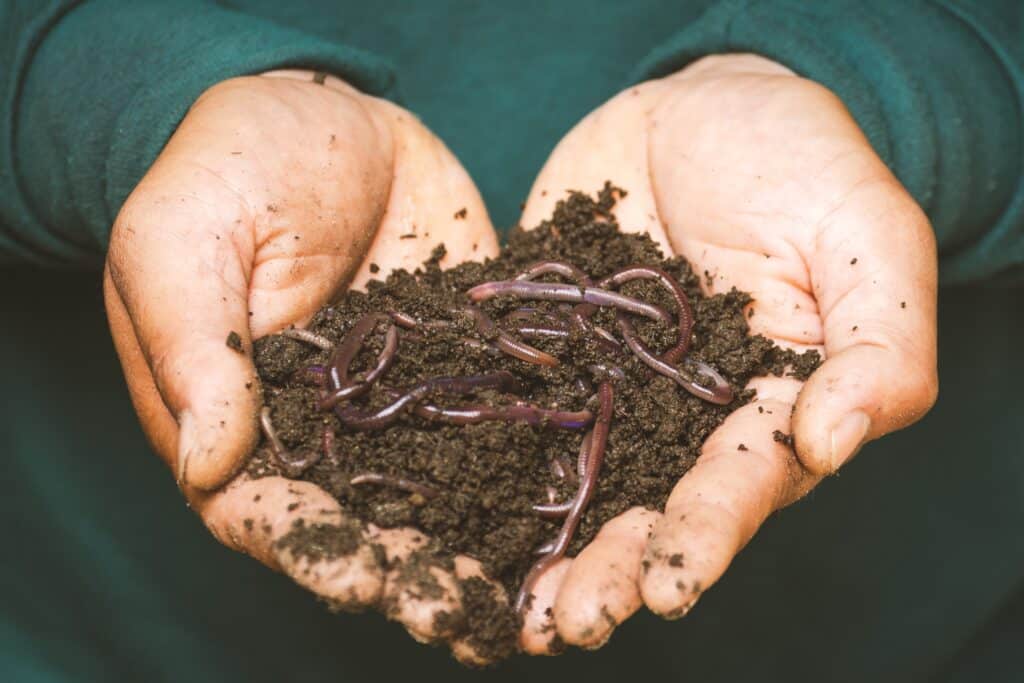
We all get hungry and need nourishment to live. Plants, too. Plants in the ground might get by without food, but for container plants, it is essential. Food and water—take Goldilocks’s advice: not too much, not too little, just right.

So, let’s take a look at what’s on the menu for our plant babies. Fertilizer numbers consist of three numbers which indicate the nitrogen, phosphorus and potassium in the fertilizer. Most plants do best with those nutrients in a 3:1:2 ratio which means you can choose 6-2-4 or 9-3-6 or 24-8-16 or anything close to that ratio.

These come in different forms. The cheapest is water soluble which is usually a liquid or crystals you dilute in water. These are used every week or two.
There is also slow release which looks like little pellets. They slowly release the nutrients over several months by the work of microbes in the soil—more active in warm weather when plants are actively growing. So you only need them once or twice a season.

The newest form is time release fertilizer, which is controlled by temperature only, not microbes. These tend to be more precise and more expensive. These can last several months to a year.

Choose which type you prefer and remember to use it. You can top dress with the pellets by sprinkling them over the soil top and scratching in or watering in. Use the recommended amount; too much can actually kill your plants. Of course, they only fertilize when they are actively growing. Feed them well; water correctly and you will have lovely, lush pots all season long.

